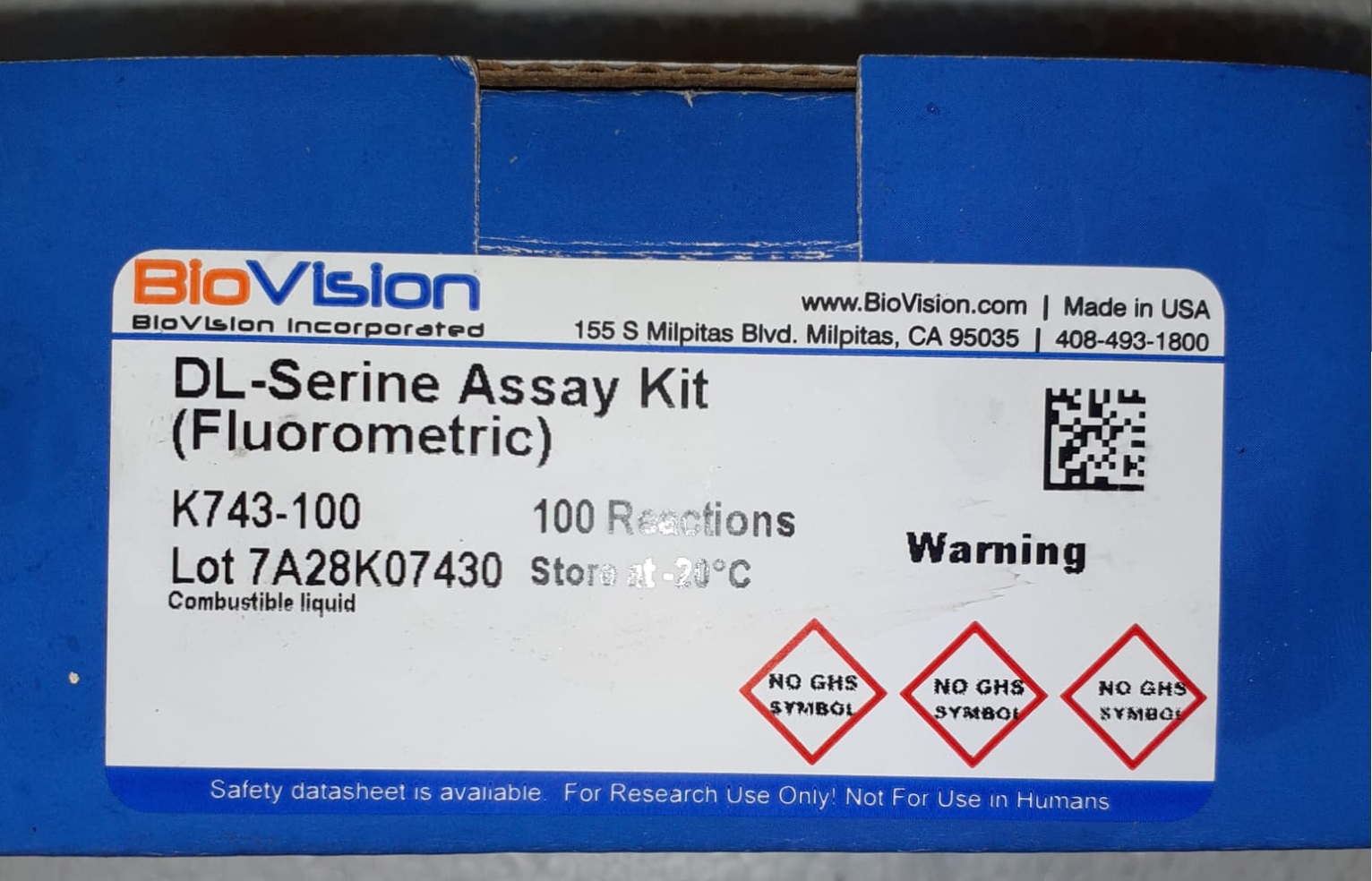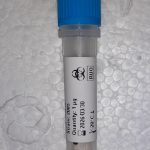Species of genus Morchella are high-value edible mushrooms. They’re wanted by culinary consultants attributable to their aroma, taste, meaty texture, and well being advantages. M. rufobrunnea, M. sextelata, and M. americana had been chosen on this examine and investigated for his or her medicinal high quality by utilizing in vitro anti-inflammatory and antioxidant assays. This sampling represents circumstances by which morels are produced (cultivated indoors, cultivated open air, and picked up from pure habitats, respectively) for business markets. Each aqueous and methanolic extracts of all three morel species confirmed an identical chromatographic and bioassay profiles, unbiased of their phylogenetic place or manufacturing methodology.
In an antioxidant assay, aqueous and methanolic extracts of those mushrooms at 100 μg/mL inhibited lipid peroxidation (LPO) by 59%-62% and 33%-36%, respectively. In an anti-inflammatory assay utilizing cyclooxygenase enzymes (COX-1 and COX-2), aqueous and methanolic extracts at 100 μg/mL confirmed COX-1 enzyme inhibition by 53%-57% and 30%-32% and COX-2 enzyme inhibition by 38%-44% and 16%-17%, respectively.
Chromatographic purification and spectroscopic characterization of M. rufobrunnea extracts afforded 5 sugars (compounds 1-5), seven natural acids (compounds 6-13), three flavonoids (compounds 14-16), triglycerides, free fatty acids, and three sterols (compounds 17-19). That is the primary report of COX-1 and COX-2 enzymes and LPO inhibitory actions of pure isolates (S)-morelid (compound 6), glutamic acid (compound 9), and brassicasterol (compound 19). This examine additionally confirmed inhibitions of COX-1 (by 84%, 33%, and 37%), COX-2 (by 47%, 11%, and 22%), and LPO (by 74%, 48%, and 35%), respectively, at 25 μg/mL.
Purinergic signaling as a brand new mechanism underlying bodily train advantages: a story assessment
Within the final years, it has turn out to be evident that each acute and persistent bodily train set off responses/diversifications within the purinergic signaling and these diversifications may be thought of one necessary mechanism associated to the train advantages for well being enchancment. Purinergic system consists of enzymes (ectonucleotidases), receptors (P1 and P2 households), and molecules (ATP, ADP, adenosine) which can be capable of activate these receptors. These elements are broadly distributed in nearly all cell varieties, and so they reply/act in a selected method relying on the train varieties and/or intensities in addition to the cell kind (organ/tissue analyzed).
For instance, whereas acute intense train may be related to tissue injury, irritation, and platelet aggregation, persistent train exerts anti-inflammatory and anti-aggregant results, selling well being and/or treating illnesses. All of those results are depending on the purinergic signaling. Thus, this assessment was designed to cowl the elements associated to the connection between bodily train and purinergic signaling, with emphasis on the modulation of ectonucleotidases and receptors.
Right here, we focus on the affect of various train protocols in addition to the variations between acute and persistent results of train on the extracellular signaling exerted by purinergic system elements. We additionally reinforce the idea that purinergic signaling have to be understood/thought of as a mechanism by which train exerts its results.
In silico proteolysis and evaluation of bioactive peptides from sequences of fatty acid desaturase 3 (FAD3) of flaxseed protein
Flaxseed (Linum usitatissimum), generally often called linseed is an oilseed crop, rising as an necessary and purposeful ingredient of meals and has been paid extra consideration attributable to its dietary worth in addition to useful results. It’s primarily wealthy in is α-linolenic acid (ALA, omega-Three fatty acid), fibres and lignans which have potential well being advantages in lowering cardiovascular illnesses, diabetes, osteoporosis, atherosclerosis, most cancers, arthritis, neurological and autoimmune issues. Because of its richness in omega-Three fatty acid, a bunch of enzymes often called fatty acid desaturases (FADs) primarily introduce double bonds into fatty acids’ (FAs) hydrocarbon chains that produce unsaturated fatty acids. Fatty acid desaturase 3 (FAD3), the most common microsomal enzyme of omega-Three fatty acid, synthesizes linolenic acid (C18:3) from linoleic acid positioned in endoplasmic reticulum (ER) going through in direction of the cytosol.
- The rising area of bioinformatics and enormous variety of databases of bioactive peptides, helps in offering time-saving and environment friendly methodology for identification of potential bioactivities of any protein. On this examine, 10 distinctive sequences of FAD3 from flaxseed protein have been used for in silico proteolysis and releasing of varied bioactive peptides utilizing three plant proteases, particularly ficin, papain and stem bromelain, which can be evaluated with the assistance of BIOPEP database.
- Total, 20 organic actions had been recognized from these proteins. The outcomes confirmed that FAD3 protein is a possible supply of peptides with angiotensin-I-converting enzyme (ACE) inhibitory and dipeptidyl peptidase-IV (DPP-IV) actions, and likewise numerous parameters resembling ∑A, ∑B, AE, W, BE, V and DHt had been additionally calculated. Moreover, PeptideRanker have been used for screening of novel promising bioactive peptides.
- Numerous bioinformatics instruments additionally used to check protein’s physicochemical properties, peptide’s rating, toxicity, allergenicity aggregation, water solubility, and drug likeliness. The current work means that flaxseed protein could be a good supply of bioactive peptides for the synthesis of excellent high quality and amount of oil, and in silico methodology helps in investigating and manufacturing of purposeful peptides.

transgenicnews
Nrf2 Is a Potential Modulator for Orchestrating Iron Homeostasis and Redox Stability in Most cancers Cells
Iron is an important hint mineral factor in nearly all residing cells and organisms. Nonetheless, mobile iron metabolism pathways are disturbed in most most cancers cell varieties. Most cancers cells have a excessive demand of iron. To take care of speedy development and proliferation, most cancers cells take up massive quantities of iron by altering expression of iron metabolism associated proteins.
Nonetheless, iron can catalyze the manufacturing of reactive oxygen species (ROS) via Fenton response. Nuclear issue (erythroid-derived 2)-like 2 (Nrf2) is a vital participant within the resistance to oxidative injury by inducing the transcription of antioxidant genes. Aberrant activation of Nrf2 is noticed in most most cancers cell varieties. It has been revealed that the over-activation of Nrf2 promotes cell proliferation, suppresses cell apoptosis, enhances the self-renewal functionality of most cancers stem cells, and even will increase the chemoresistance and radioresistance of most cancers cells.
Just lately, a number of genes involving mobile iron homeostasis are recognized below the management of Nrf2. Since most cancers cells require quantities of iron and Nrf2 performs pivotal roles in oxidative protection and iron metabolism, it’s extremely possible that Nrf2 is a possible modulator orchestrating iron homeostasis and redox steadiness in most cancers cells. On this speculation, we summarize the latest findings of the function of iron and Nrf2 in most cancers cells and reveal how Nrf2 balances the oxidative stress induced by iron via regulating antioxidant enzymes and iron metabolism.
This speculation offers new insights into the function of Nrf2 in most cancers development. Since ferroptosis relies on lipid peroxide and iron accumulation, Nrf2 inhibition could dramatically improve sensitivity to ferroptosis. The mixture of Nrf2 inhibitors with ferroptosis inducers could exert higher efficacy on most cancers remedy.




